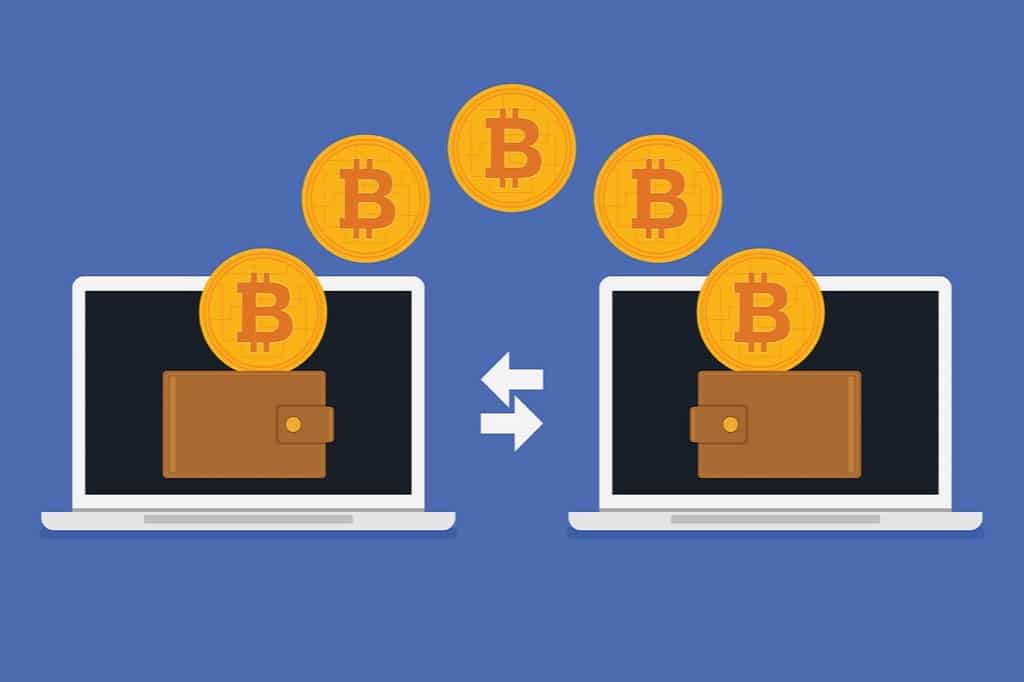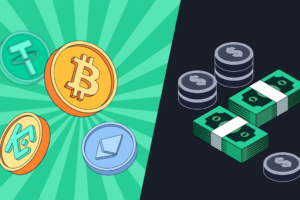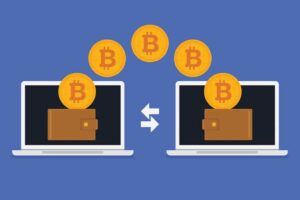Any sufficiently advanced technology is indistinguishable from magic.
– Arthur C. Clarke
The internet as we know it turns 30 next year. It’s actually been around in some form or another since 1969, but it wasn’t until 1995 that you could do proper commercial business on the information superhighway – at least in the United States. Now it’s impossible to imagine life without it.
That first decade or so was pretty janky, mind you. And that’s kind of where we’re at with cryptocurrency; it’s been 15 years since the launch of Bitcoin, with multiple awkward growth spurts along the way. It might be another 15 years before everyone’s using crypto like it’s second nature.
Make no mistake: there will always be a bit of a learning curve when it comes to adopting any new technology. Unless you’re too young to be betting on crypto, you had to learn as a kid what pennies, nickels, and dimes were. Now it’s how to get Apple Pay to work without Touch ID.
So it is with digital currency. You could spend a lifetime studying how crypto works; let’s start at the beginning with the transactions themselves, and what is actually happening on the ground.
What Is a Transaction?
When we talk about transactions in the world of crypto, we’re talking about both the exchange of goods and/or services for money and the recording of the exchange. This is what makes the whole thing worthwhile – every crypto transaction is recorded on an immutable public ledger known as a blockchain. There’s a blockchain for Bitcoin, another for Ethereum, and so on.
These entries on the blockchain can’t be messed with, at least in theory. Neither can the exchange itself; there’s a network of computers out there working vigorously to process your transaction and ensure it’s valid at both ends. Only then will your transaction be completed – the crypto part, that is. The people at the other end still have to provide you with those goods and/or services.
How Do I Make a Transaction?
If you’ve already got your hands on some crypto, and you’re surfing the Web for something to buy, using Bitcoin or any other digital coin the seller accepts is pretty straightforward. Just choose the coin in question from the drop-down list of payment options they provide you.
Of course, to get to this point in the first place, you either had to buy some crypto, or have someone give it to you. Generally speaking, there are three ways to purchase crypto:
- Through a regulated cryptocurrency exchange
- Over a peer-to-peer (P2P) network
- Using an ATM
It’s highly advisable to stick with the first method when you’re dealing with crypto – especially if you’re new at this. Peer-to-peer networks let you trade crypto more quickly and cheaply than regulated exchanges, but you’re sacrificing security; it’s like trusting your money with the bookie around the corner instead of a proper online sportsbook. And Bitcoin ATMs, however handy, will charge you much higher transaction fees than regulated exchanges.
Now, in order to conduct business with that cryptocurrency exchange, you’re going to need a cryptocurrency wallet. This could be an actual physical device or a digital app that you download; it stores the cryptographic “keys” (one public, one private) that are generated with each crypto transaction.
As the name implies, never give out your private key. You’ll be asked for the public key in order to complete your transaction, at which point you could cut-and-paste it into the given field of the online form you’re filling out, or maybe scan a QR code if you’ve downloaded a digital wallet onto your smartphone.
There you have it: a successful cryptocurrency transaction, provided the seller comes through and gives you your stuff. Just like you would with standard currency, use your crypto wisely, and keep learning more about how crypto works here at Bookmakers Review.













